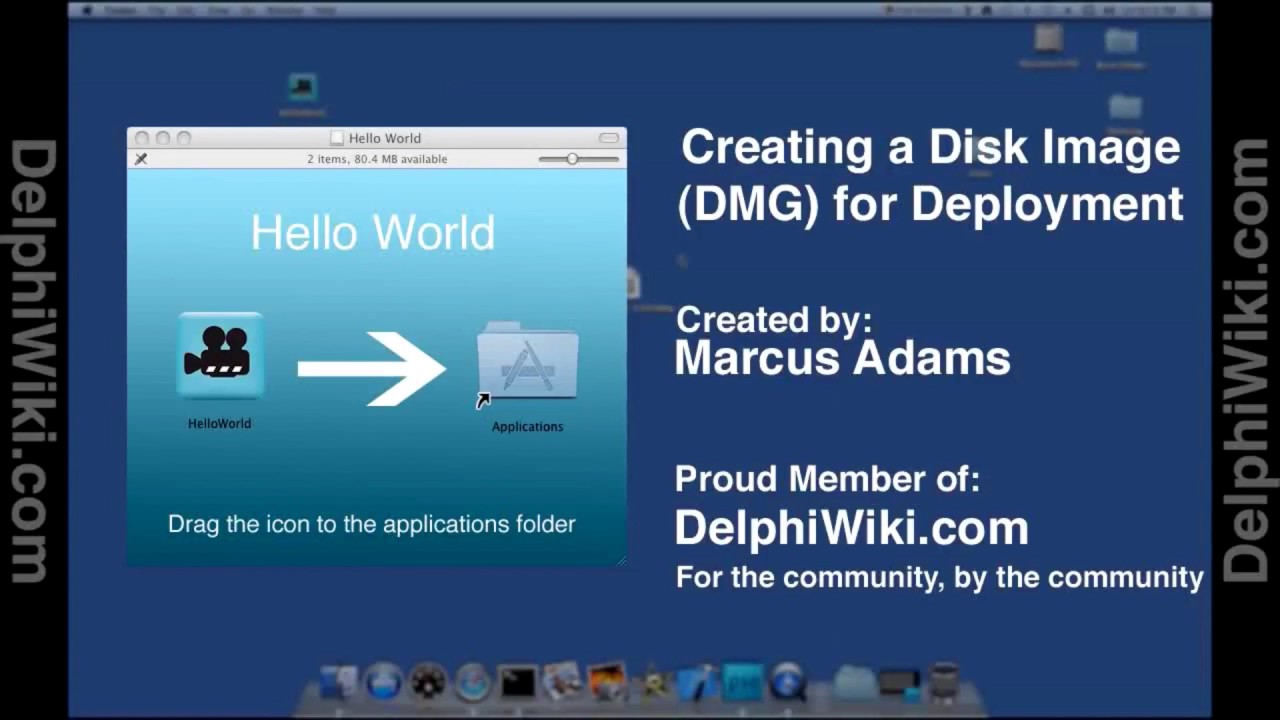

- #INSTALL WINDOWS ON VMWARE MAC ISO FILE HOW TO#
- #INSTALL WINDOWS ON VMWARE MAC ISO FILE INSTALL#
- #INSTALL WINDOWS ON VMWARE MAC ISO FILE UPDATE#
- #INSTALL WINDOWS ON VMWARE MAC ISO FILE WINDOWS 10#
So I signed up and this is wat I discovered about the public beta. Via twitter I found that there is a public beta running for VMware Fusion on the m1 chipset and I was really interested in how this would work.

I really love the device but found that VMware Fusion wasn’t available for m1 chipset. Recently I switched over from a Windows laptop (x86) to a Apple MacBook Air (m1).
#INSTALL WINDOWS ON VMWARE MAC ISO FILE WINDOWS 10#
#INSTALL WINDOWS ON VMWARE MAC ISO FILE HOW TO#
How to create a custom ISO file to bypass TPM 2.0
#INSTALL WINDOWS ON VMWARE MAC ISO FILE UPDATE#
Those who wish can join the Windows Insider Beta Program to test the future update on PC or Mac Intel. This means that with the workaround, Windows 11 will work on any Mac capable of running Windows 10 that meets other minimum specifications. This is because by using a trick, users can bypass the requirement of TPM 2.0.
#INSTALL WINDOWS ON VMWARE MAC ISO FILE INSTALL#
Tutorial: a workaround to install Windows 11 on Mac Windows 11 will arrive as a free update this fall, like MacOS 12 Monterey. In theory, Apple could update the firmware of its Intel machines to enable TPM 2.0 support using the processor, but this seems unlikely as Apple is slowly shutting down Intel Macs and newer Macs M1 cannot receive no version of Windows, apparently Microsoft’s fault.įor those who want to run Windows 11 on a Mac, the only option right now is to use a virtual machine because it won’t run through Boot Camp. If you run the tool published by Microsoft to check if your PC has the hardware to run Windows 11, you will receive a message that says “This PC cannot run Windows 11”.

Windows 11 on Macīut what about Macs? Well, even if you have a Mac with the latest generations of Intel processors, you probably won’t be able to run Windows 11 on it – at least not officially.Īpple has never offered support for TPM 2.0 on Intel Macs, making them all incompatible with the latest version of Windows. In another document, Microsoft provides a list of all processors that can run Windows 11, and they introduced most of them after 2017. And for a custom desktop PC, chances are it doesn’t have a chip. The problem is, not all computers have TPM 2.0 since its introduction in 2014.

It can control cryptographic keys, DRM management, and more. TPM, or Trusted Platform Module, is a chip embedded in a computer’s logic board or firmware to ensure the security integrity of the operating system, similar to what the Secure Enclave on the T2 chip does on a Mac. Fast, at least 4 GB of RAM and 64 GB of storage, a DirectX 12 compatible graphics card and support for TPM 2.0. Once released, the new version will require a 1 GHz or higher 64-bit processor. We know Windows to run on most machines on the market, but this year Microsoft seems to have increased the hardware requirements to run Windows 11. In fact, any Intel Mac will not officially support Windows. While it comes with an updated design and even the ability to run emulated Android apps, not everyone will install the new version. Microsoft unveiled a certain Windows 11 last Thursday, the next major update to its PC operating system.


 0 kommentar(er)
0 kommentar(er)
